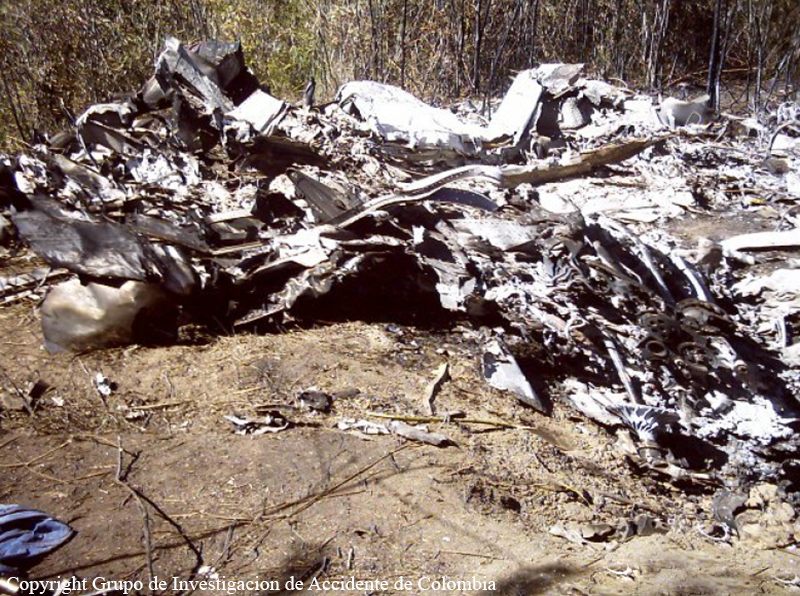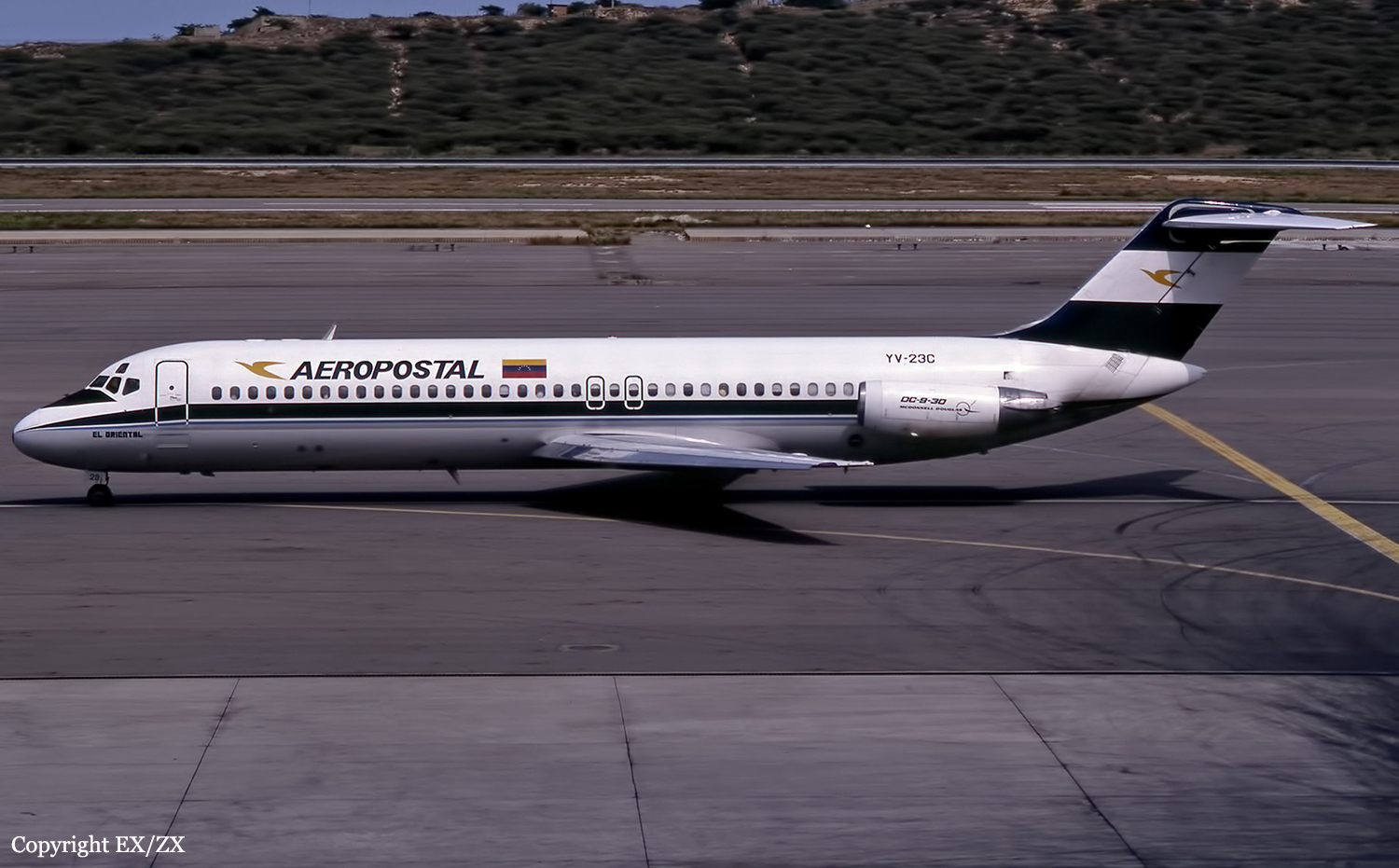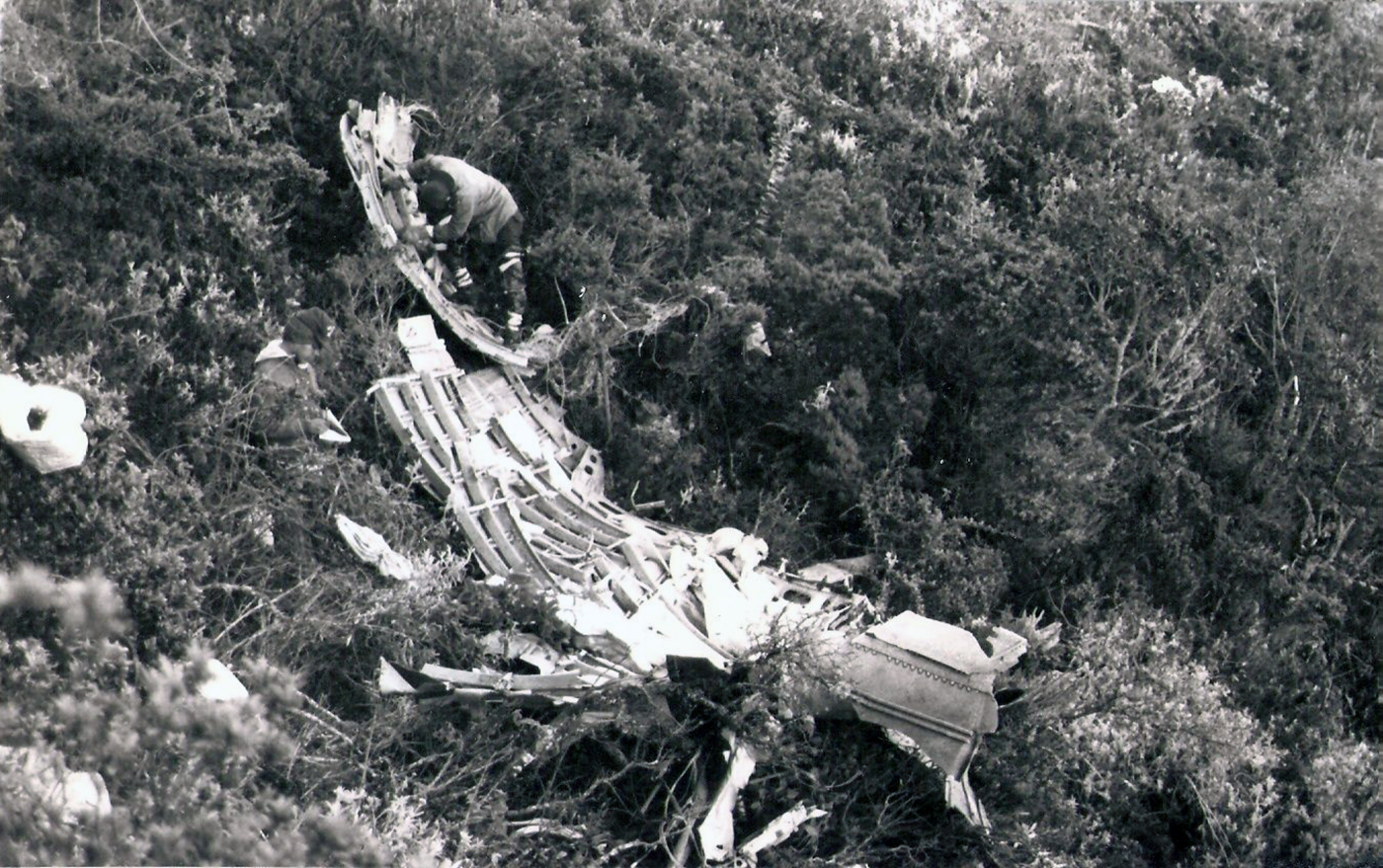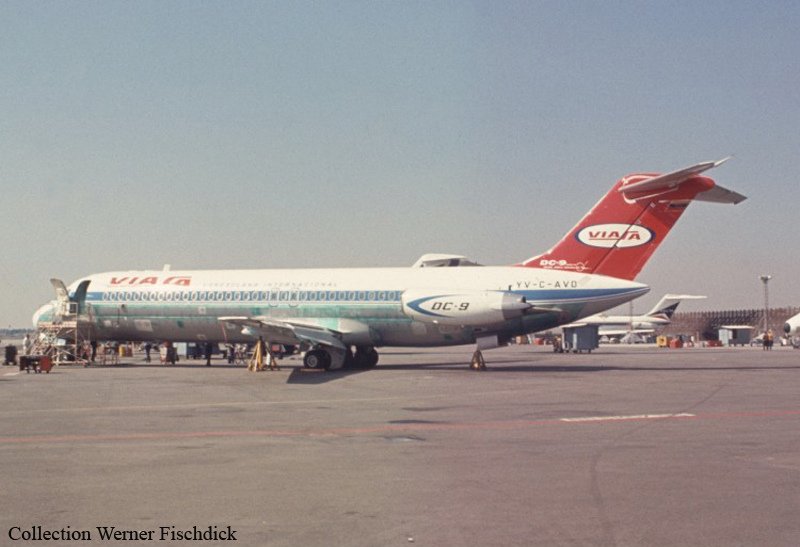Crash of a Beechcraft B200 Super King Air into Lake Maracaibo: 8 killed
Date & Time:
May 9, 2024 at 1548 LT
Registration:
YV3296
Survivors:
No
Schedule:
Maracaibo - Porlamar
MSN:
BB-885
YOM:
1981
Crew on board:
2
Crew fatalities:
Pax on board:
6
Pax fatalities:
Other fatalities:
Total fatalities:
8
Circumstances:
About 12 minutes after takeoff from Maracaibo-La Chinita Airport, while flying at an altitude of 10,000 feet, the twin engine airplane entered an uncontrolled descent and crashed into Lake Maracaibo. The airplane disintegrated on impact and all 8 occupants were killed. The flight was en route to Porlamar-Del Caribe-General en Jefe Santiago Mariño Airport when the accident occurred.














